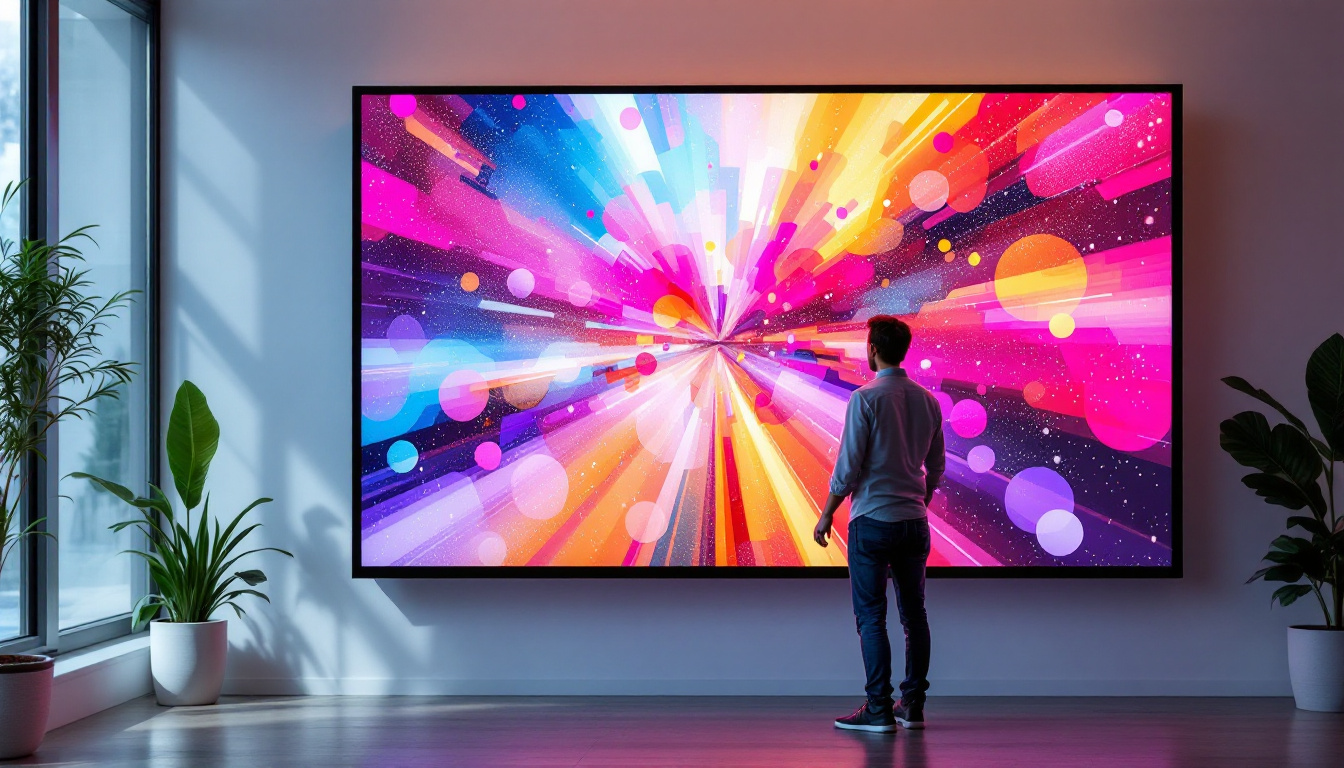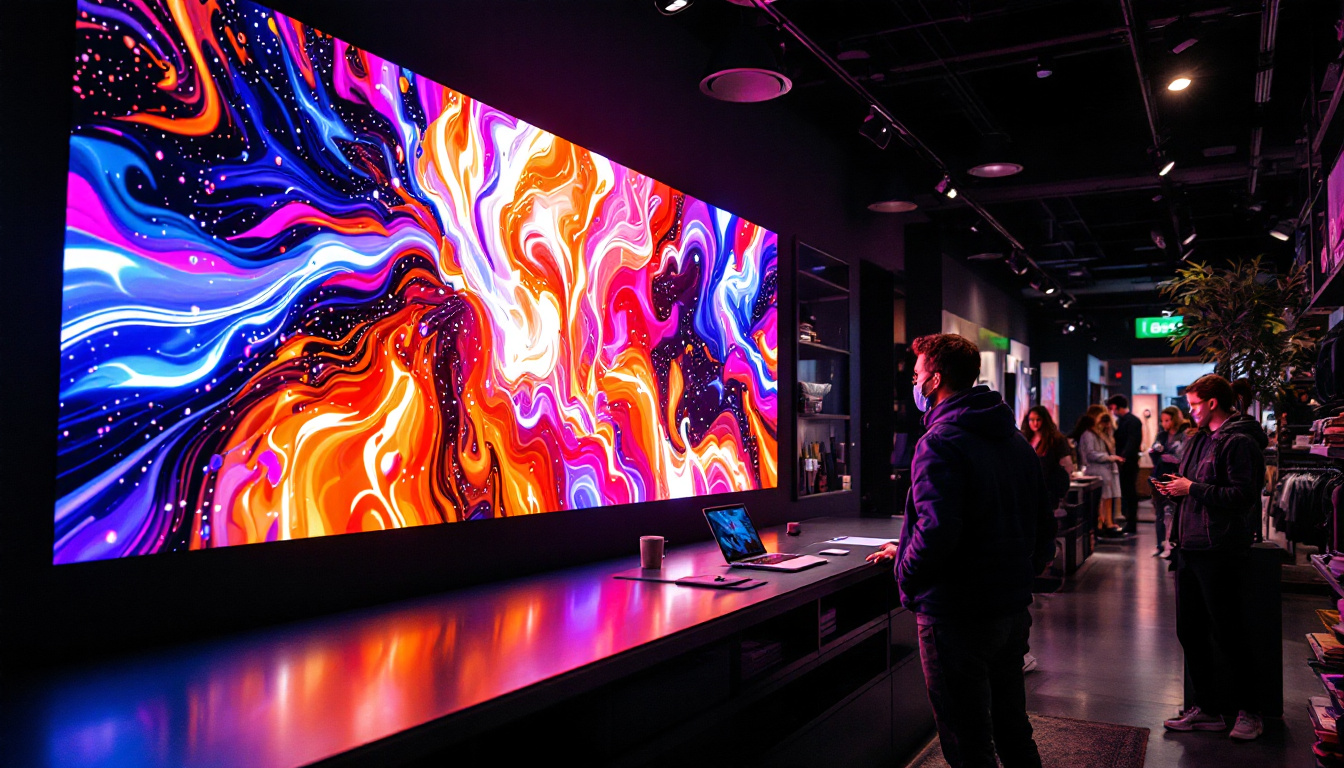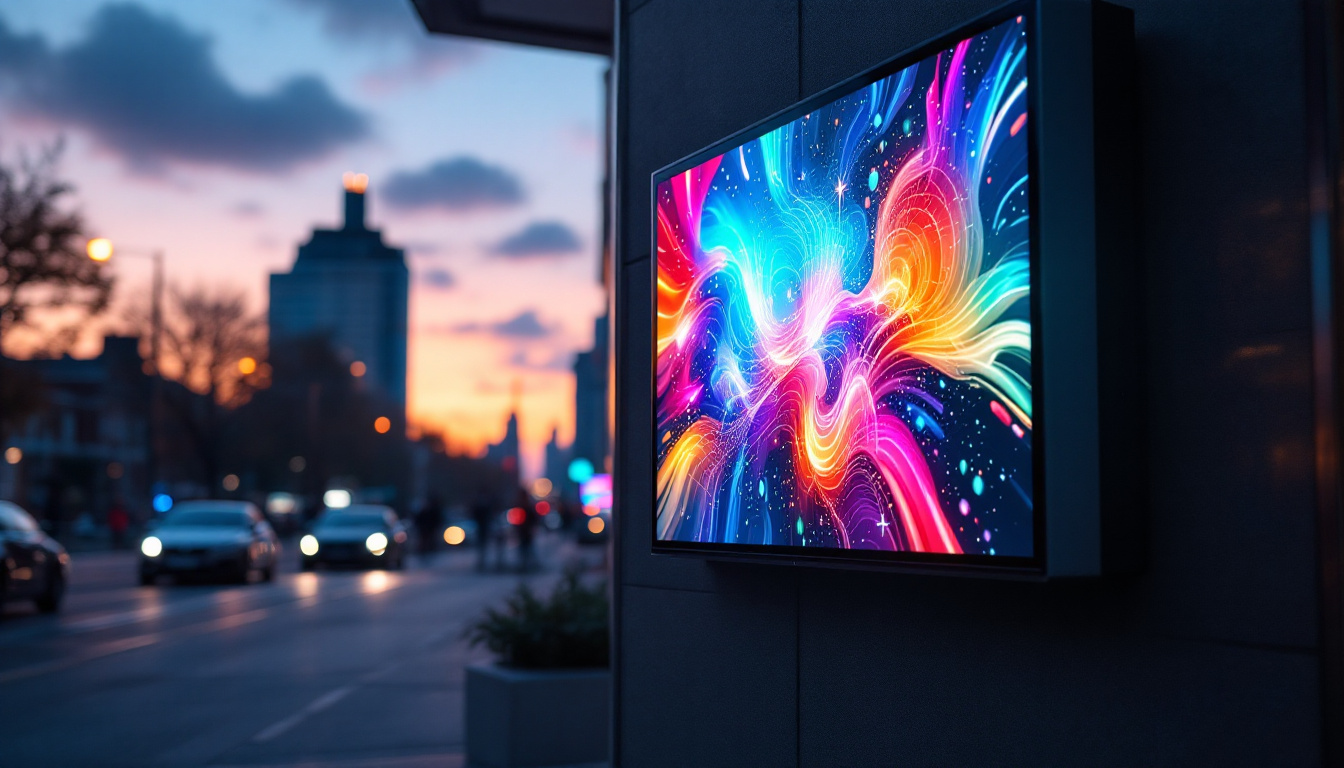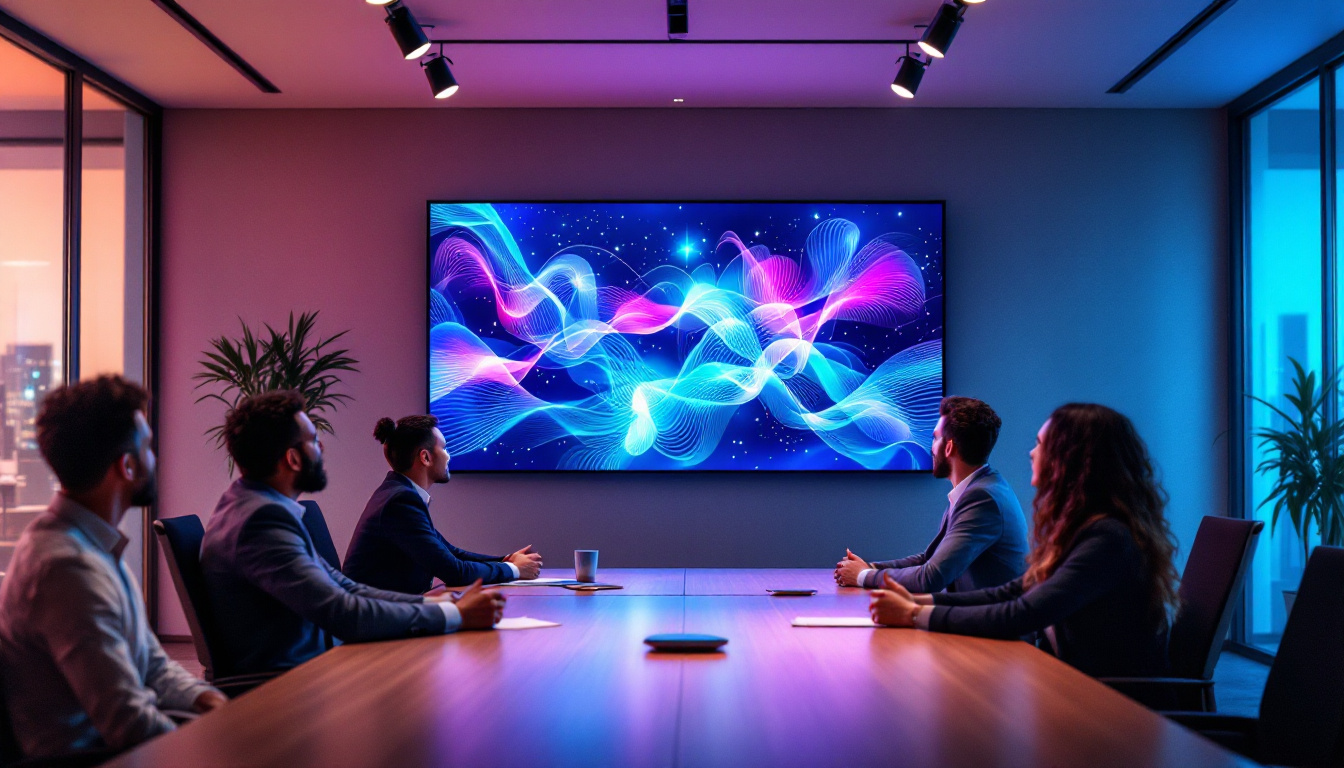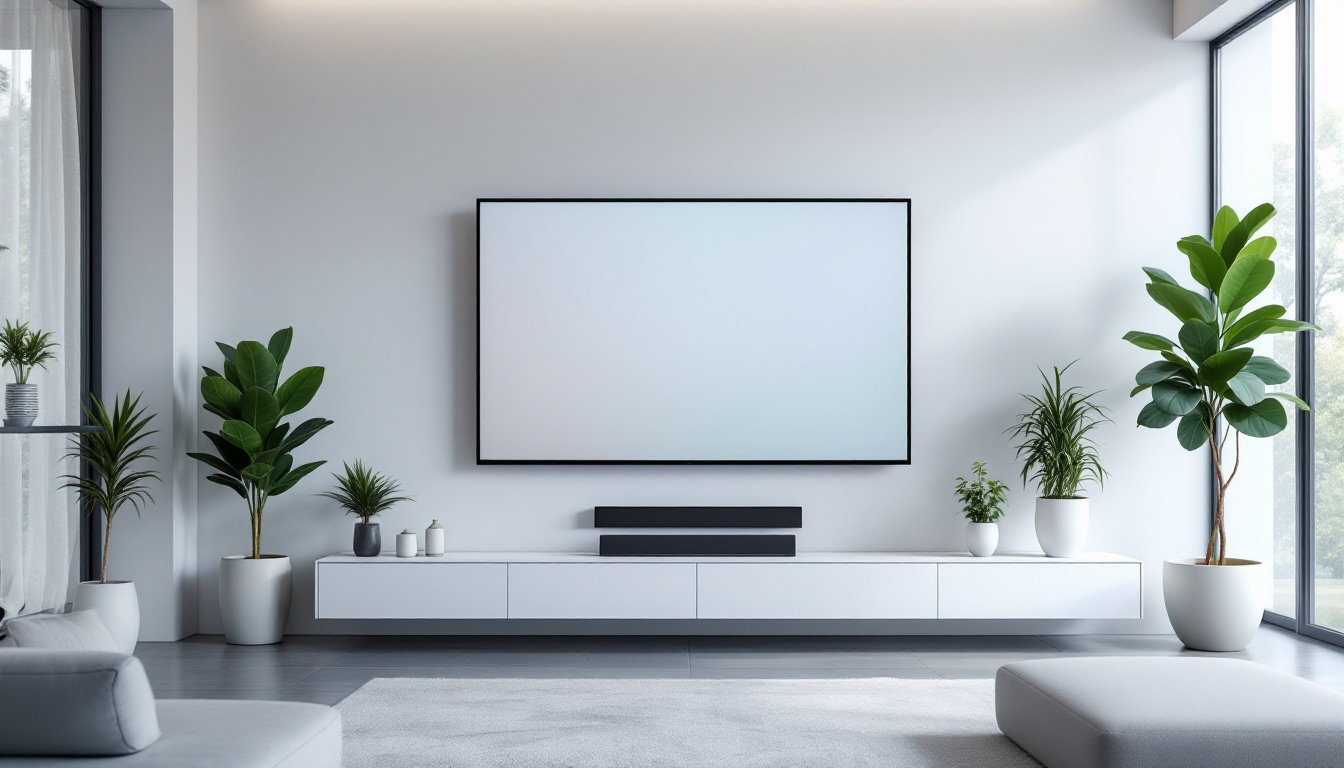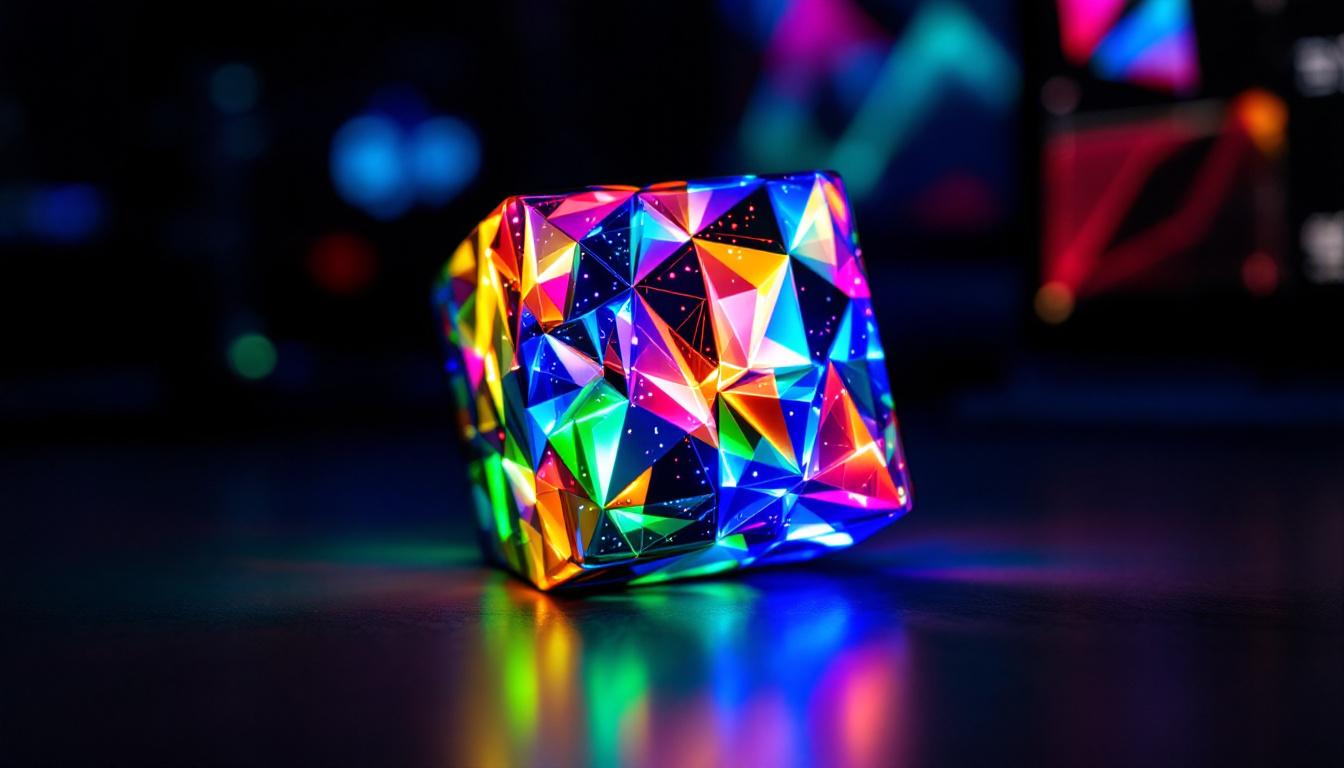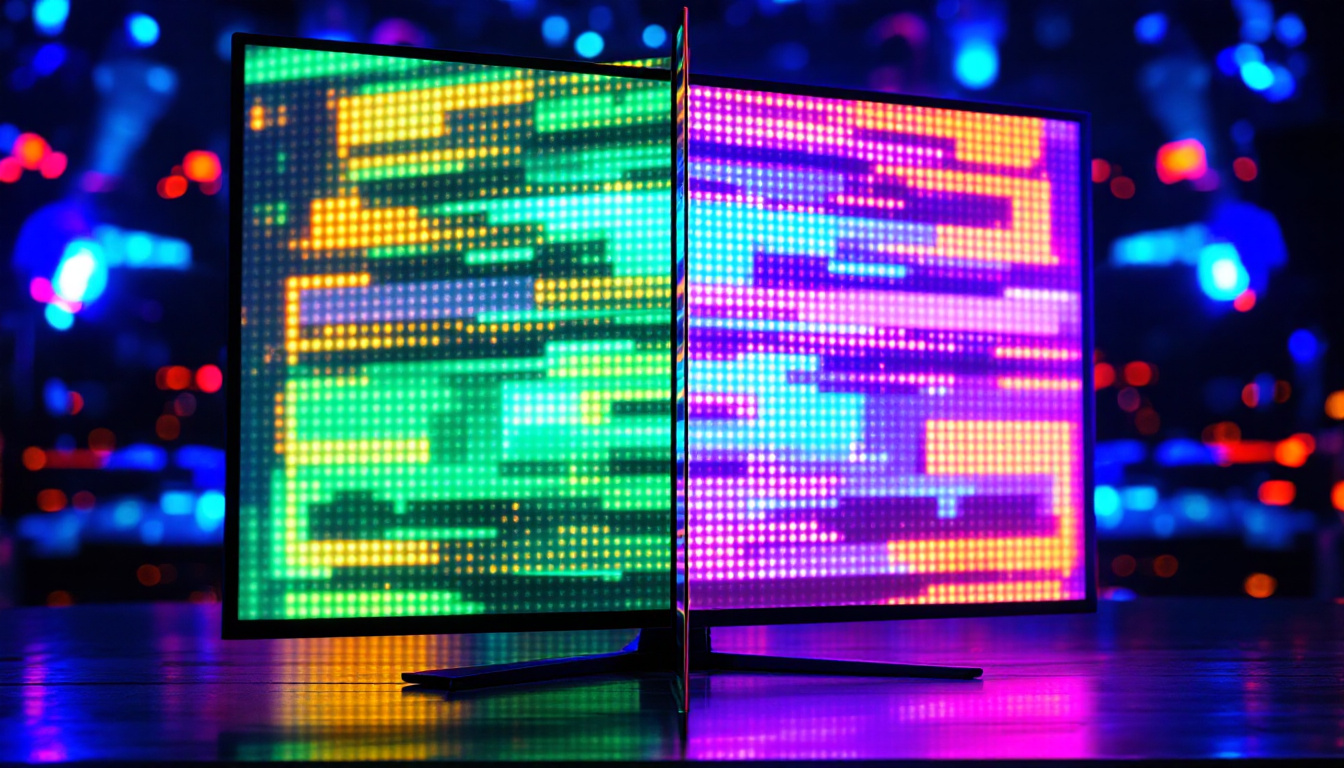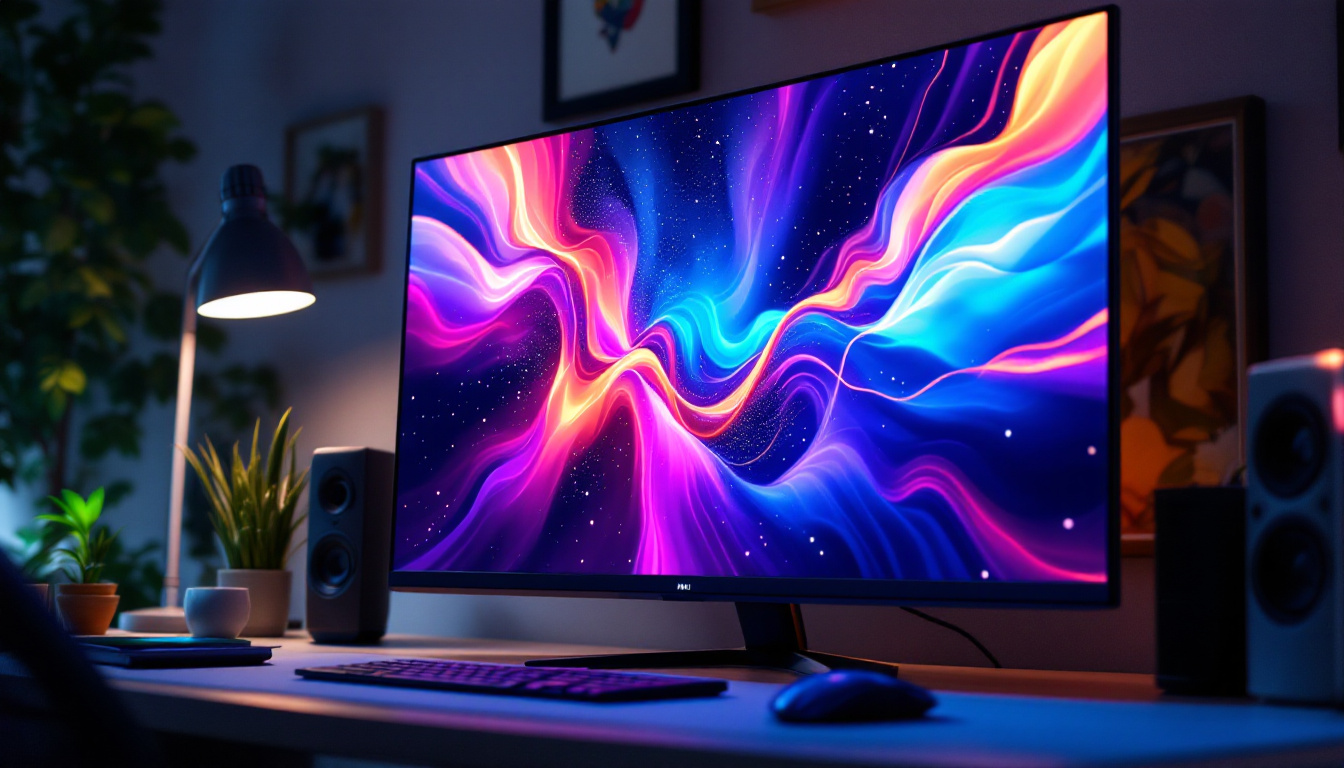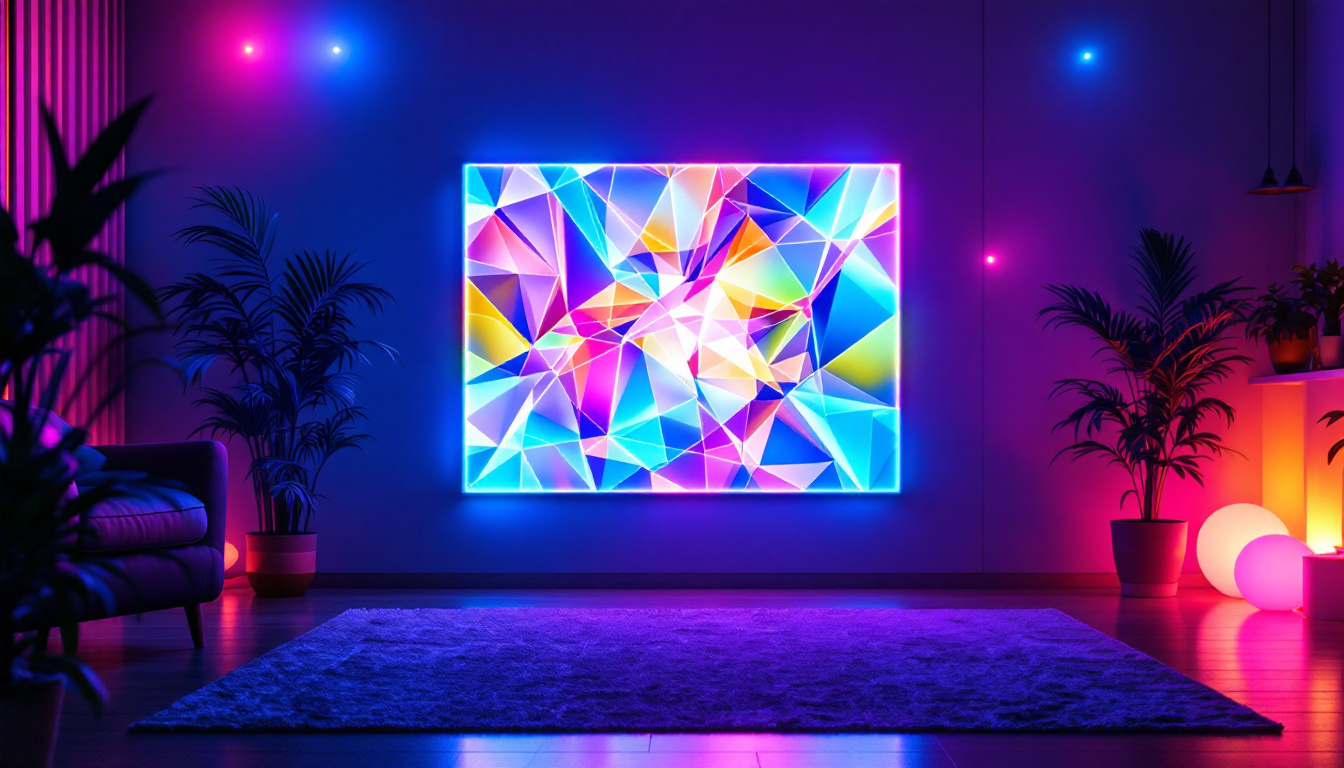In today’s technology-driven world, finding a high-quality TV monitor that fits within a budget can be a challenge. LED displays have become the dominant technology in the market, offering a balance of performance, energy efficiency, and affordability. This article explores the fundamentals of LED displays, their advantages and limitations, and how to choose the best cheap TV monitor without compromising on quality.
Understanding LED Display Technology
What is an LED Display?
LED stands for Light Emitting Diode, a semiconductor device that emits light when an electric current passes through it. In the context of TV monitors, LED refers to the type of backlighting used in Liquid Crystal Display (LCD) panels. Unlike older LCDs that used Cold Cathode Fluorescent Lamps (CCFL) for backlighting, LED displays utilize an array of LEDs to illuminate the screen.
This shift to LED backlighting has significantly improved picture quality, energy efficiency, and panel thinness. It’s important to note that LED TVs are technically a subset of LCD TVs, but the term “LED TV” has become popular to highlight the modern backlighting technology.
Types of LED Backlighting
There are primarily two types of LED backlighting used in TV monitors: Edge-lit and Full-array.
- Edge-lit LED: In this design, LEDs are placed along the edges of the screen. Light is spread across the display using light guides. This allows for thinner panels but can sometimes result in uneven brightness and less precise contrast control.
- Full-array LED: LEDs are distributed evenly behind the entire screen. This setup enables local dimming, where specific zones can be dimmed or brightened independently, enhancing contrast and black levels.
Full-array LED displays generally provide better picture quality but tend to be more expensive. For budget-conscious buyers, edge-lit LED monitors are more common and still offer respectable performance.
Advantages of LED TV Monitors
Energy Efficiency and Longevity
One of the key benefits of LED technology is its energy efficiency. Compared to CCFL-backlit LCDs and plasma displays, LED TVs consume significantly less power. According to the U.S. Department of Energy, LED TVs can use up to 40-50% less energy than older LCD models, which translates to lower electricity bills and a smaller environmental footprint.
Additionally, LEDs have a longer lifespan. Most LED TVs are rated for around 60,000 to 100,000 hours of use, which means they can last for over a decade with typical viewing habits. This durability makes LED monitors a cost-effective choice over time.
Improved Picture Quality
LED backlighting enhances picture quality in several ways. The ability to control brightness more precisely allows for better contrast ratios and deeper blacks, particularly in full-array models with local dimming. LED displays also support higher brightness levels, which improves visibility in well-lit rooms.
Color reproduction is another area where LED TVs excel. Modern LED monitors often incorporate technologies like quantum dots or wide color gamut panels, which produce more vibrant and accurate colors. This makes them suitable not only for casual viewing but also for gaming and content creation.
Thin and Lightweight Design
LED technology enables manufacturers to produce thinner and lighter TV monitors compared to older LCDs or plasma TVs. This sleek form factor is appealing for modern homes and offices where space-saving and aesthetics matter. Wall mounting is easier with lightweight LED TVs, and they blend seamlessly into contemporary interiors.
Common Misconceptions About Cheap LED TV Monitors
“Cheap” Means Low Quality
Many consumers assume that a cheap LED TV monitor will inherently have poor picture quality or build quality. While it’s true that premium models offer advanced features and superior performance, affordable LED TVs can still deliver excellent value. Manufacturers often optimize production and use cost-effective components to keep prices low without drastically compromising on essential features.
For example, budget LED TVs may have simpler processors or fewer local dimming zones, but they can still provide clear images, decent color accuracy, and reliable performance for everyday use.
LED TVs Are All the Same
Another misconception is that all LED TVs perform equally because they use similar backlighting technology. In reality, there is a wide spectrum of quality within the LED TV market. Factors such as panel type (IPS vs. VA), resolution, refresh rate, HDR support, and software optimization significantly influence the viewing experience.
Understanding these differences helps buyers make informed decisions and avoid disappointment when purchasing a cheap LED TV monitor.
How to Choose the Best Cheap LED TV Monitor
Screen Size and Resolution
Screen size is a crucial consideration based on the intended viewing distance and room size. Popular budget LED TVs range from 32 inches to 55 inches, with larger sizes generally costing more. For smaller rooms or secondary displays, a 32-43 inch model may suffice, while living rooms often benefit from 50-55 inch screens.
Resolution is equally important. Full HD (1080p) remains common in affordable TVs, but 4K UHD (3840 x 2160 pixels) is becoming increasingly accessible at lower price points. A 4K resolution offers sharper images and better detail, especially on screens larger than 43 inches. For those seeking future-proofing and enhanced content compatibility, opting for a 4K LED TV is advisable.
Panel Type: IPS vs. VA
LED TV panels typically use either In-Plane Switching (IPS) or Vertical Alignment (VA) technology, each with distinct characteristics:
- IPS Panels: Known for wide viewing angles and accurate color reproduction. Ideal for rooms where multiple viewers watch from different positions. However, IPS panels often have lower contrast ratios compared to VA panels.
- VA Panels: Offer higher contrast ratios and deeper blacks, enhancing the overall picture quality. The trade-off is narrower viewing angles, meaning picture quality can degrade when viewed from the side.
Budget LED TVs may use either panel type, so it’s worth considering how the TV will be used and where it will be placed.
Refresh Rate and Motion Handling
Refresh rate, measured in Hertz (Hz), indicates how many times per second the screen updates its image. Most budget LED TVs come with a native refresh rate of 60Hz, which is sufficient for general TV viewing and casual gaming.
For sports enthusiasts or gamers, higher refresh rates such as 120Hz or motion interpolation features can reduce motion blur and provide smoother visuals. While these features are more common in mid-range and premium models, some affordable TVs now include them as well.
Smart Features and Connectivity
Modern LED TV monitors often come equipped with smart platforms that allow streaming from popular services like Netflix, YouTube, and Amazon Prime Video. When shopping for a cheap LED TV, check the operating system and app availability to ensure it meets your entertainment needs.
Connectivity options are also important. Look for multiple HDMI ports, USB inputs, and support for Wi-Fi and Bluetooth. These features enable easy connection to gaming consoles, soundbars, external drives, and other peripherals.
Popular Budget LED TV Brands and Models
Brands Known for Affordable Quality
Several manufacturers have established reputations for producing reliable and affordable LED TV monitors. Brands such as TCL, Hisense, Samsung, and Vizio offer models that balance cost and performance effectively.
TCL, for example, has gained popularity for its budget-friendly 4K LED TVs with Roku smart platforms, providing a user-friendly interface and access to a wide range of apps. Hisense offers competitive pricing with solid picture quality and features like HDR support. Samsung and Vizio, while often associated with higher-end models, also have entry-level LED TVs that deliver good value.
Example Models to Consider
- TCL 4-Series (43-55 inches): Offers 4K resolution, HDR10 support, and Roku TV smart platform at a budget price point.
- Hisense H4 Series (40-50 inches): Provides 4K UHD resolution, decent color accuracy, and Android TV OS for smart features.
- Vizio V-Series (43-55 inches): Known for good contrast ratios and smart TV functionality with multiple HDMI inputs.
- Samsung TU7000 Series (43-50 inches): Features 4K UHD resolution, PurColor technology for enhanced colors, and Tizen smart platform.
These models typically range between $200 and $500, depending on size and retailer promotions, making them accessible options for budget-conscious buyers.
Tips for Getting the Best Deal on a Cheap LED TV Monitor
Shop During Sales and Promotions
Timing your purchase around major sales events such as Black Friday, Cyber Monday, or holiday promotions can lead to significant savings. Retailers often discount popular LED TV models, sometimes bundling them with accessories like wall mounts or streaming devices.
Compare Prices and Read Reviews
Price comparison websites and customer reviews are valuable resources for identifying the best deals and avoiding models with common issues. Pay attention to feedback on picture quality, smart TV responsiveness, and build durability.
Consider Refurbished or Open-Box Units
Certified refurbished or open-box LED TVs can offer substantial discounts while still providing manufacturer warranties. These options can be ideal for those looking to maximize value without sacrificing reliability.
Conclusion: Balancing Cost and Quality in LED TV Monitors
Cheap LED TV monitors have come a long way in delivering quality viewing experiences at accessible prices. Understanding the technology behind LED displays, including backlighting types, panel characteristics, and smart features, empowers consumers to make informed choices.
While budget models may lack some of the advanced capabilities of premium TVs, many provide excellent picture quality, energy efficiency, and durability suitable for everyday use. By considering factors such as screen size, resolution, refresh rate, and brand reputation, buyers can find a cheap LED TV monitor that meets their needs and enhances their entertainment setup.
Ultimately, the key to a satisfying purchase lies in careful research, realistic expectations, and taking advantage of market opportunities to secure the best value for your money.
Discover LumenMatrix’s Advanced LED Display Solutions
As you consider the balance between cost and quality for your next LED TV monitor, why not elevate your viewing experience with LumenMatrix’s innovative LED display technology? LumenMatrix is at the forefront of creating immersive visual experiences with a wide range of LED display solutions, from Indoor and Outdoor LED Wall Displays to specialized options like Vehicle and Sports LED Displays. Embrace the future of visual communication with our All-in-One LED Displays and captivating LED Transparent Displays. Don’t just watch—immerse yourself in the brilliance of LumenMatrix. Check out LumenMatrix LED Display Solutions today and transform your space into a dynamic visual showcase.


